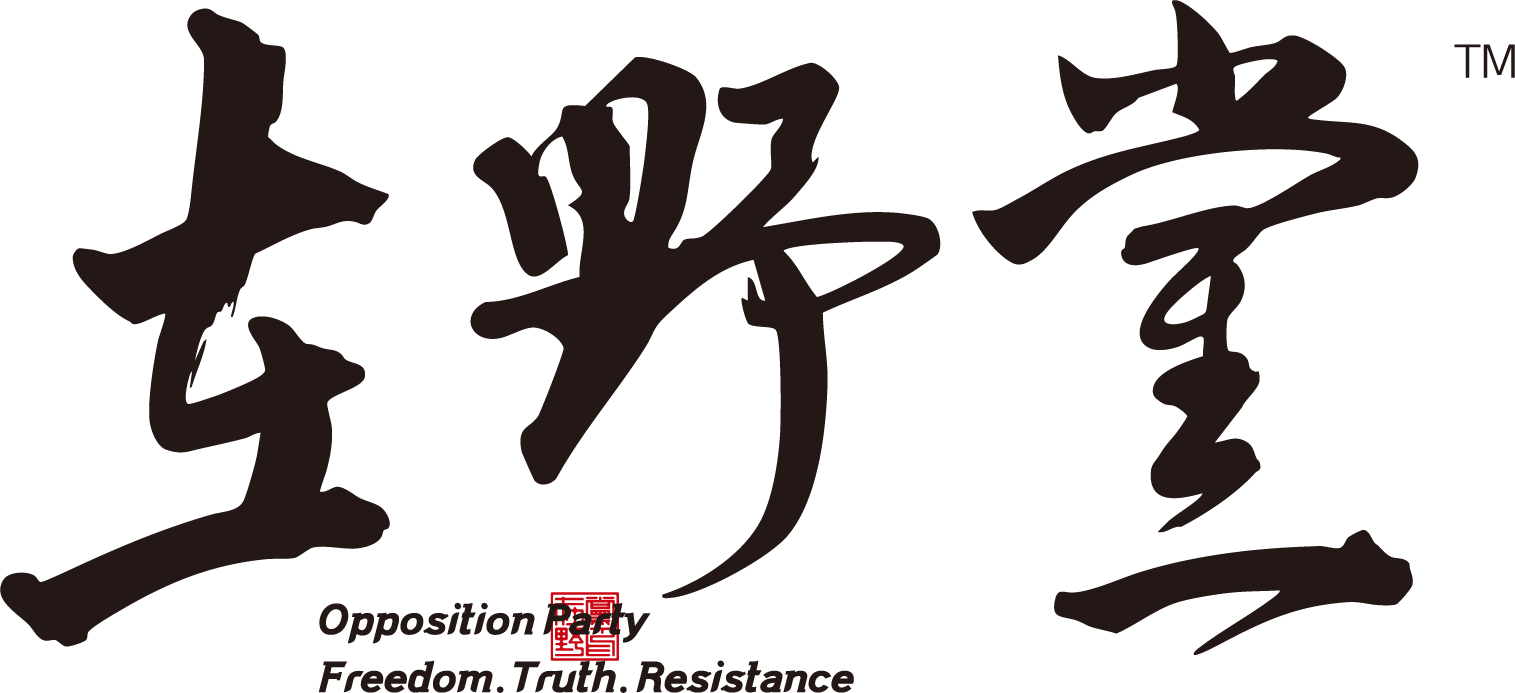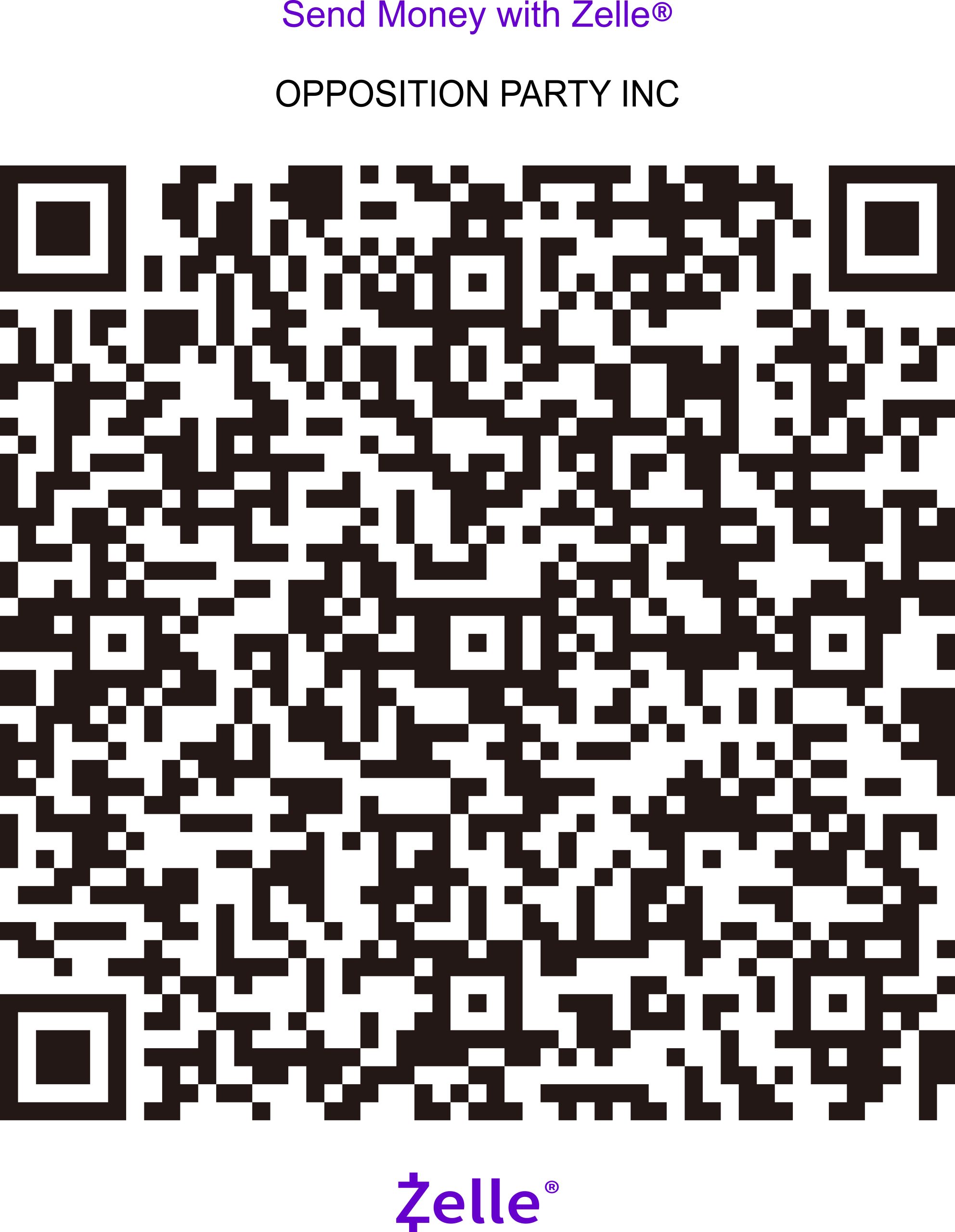作者:胡德旺
编辑:韩瑞媛 责任编辑:罗志飞 翻译:tomorrow
作者记述2020年赴新疆和田考察的亲身经历。通过沿途的装甲车、岗哨及与官员的对话,揭示了所谓“产业园”如同监狱,维族工人疑似被强制劳动。文章旨在以第一手见闻戳破中共关于新疆“稳定繁荣”的谎言,证实外媒报道非虚。
2020年3月,应朋友之邀,我陪同他前往新疆考察商业投资。这次实地之行,让我彻底认清了中共宣传的虚伪,也证实了外媒关于新疆的报道并非空穴来风。我要用自己的亲身经历,揭开中共一个被精心掩盖的谎言。
初抵和田:和平表象下的肃杀之气
2020年3月26日,我们抵达和田机场。刚走出航站楼,我就被眼前的景象震惊了:机场广场上停着武警的装甲车,上面荷枪实弹的武警全副武装。这不是我在内地熟悉的场景,和平时期的机场,何以需要如此戒备?
我们下飞机后,被专门人员直接接走,无法自由接触任何人。先到医院抽血化验,再送至宾馆隔离两天。等到第三天,才被允许进入所谓的“鞋业产业园区”进行考察。
“产业园”之路:战区般的戒备
从宾馆出发,路途虽不远,但一路上岗哨密布,堪称“三步一小岗,十步一大岗”。有的荷枪实弹,有的手持警棍;每隔一段路,车辆还要被拦下检查,警犬围车搜嗅。这种戒备,分明是战时状态,而非一个“社会稳定”的地区。
高墙铁网:名为园区,实为监狱
到了所谓的产业园区,我第一眼看到的不是繁荣,而是高耸的围墙,上面密布铁丝网与监控摄像头。这更像一座监狱,而非一个普通工厂。进入车间,我看到许多维吾尔族员工正在流水线上工作。我想用手机拍下这真实场景,却立刻被朋友制止。他警告说:园区内布满监控,拍摄会带来严重麻烦。我只能忍痛删除那段影像。
官员的“真心话”:揭开强制劳动的面纱
在考察过程中,我们与当地官员有过一段对话:
工人来源? 官员称,这些人大多是“无业者、单身男性或有不安定倾向的人”,被集中到园区劳动。
是否有工资? 他回答:“有,但很低。头一个月500元,第二个月600元,熟练的也许能拿到一两千。”——这一数字仅为江浙工人工资的十分之一。
若工人不服从? 官员冷笑着说:“不用担心,他们怕汉人。捣乱的会被收拾,再不行,旁边就是监狱,直接送进去。” 后来我们确实在园区外看到了那座监狱。
能否自由外出? 官员答:“不可以。园区有宿舍、食堂,他们平时不能随意外出。” 望着铁丝网和关卡,答案不言自明。
当问及为何要在新疆发展劳动密集型产业时,官员给出了三点理由:反恐需要,把“不安定人员”集中管理;响应习近平的“脱贫”指标;以及集中管理比分散监控更省钱。
结语:谁才是谎言的制造者
这次新疆之行让我彻底认清:外媒关于“集中营”和强制劳动的报道,并非虚构;而中共媒体所宣传的“社会稳定、经济发展、民族和谐”,才是彻头彻尾的谎言。
亲眼所见的装甲车、岗哨、铁丝网与监狱,不是繁荣的象征,而是恐惧与压制的写照。亲耳听到的官员回答,更让我确信:那些维吾尔族工人,并非自由的劳动者,而是被强制集中管理的人。
中共习惯指责外媒“造谣抹黑”,但实际上,它才是最大的谎言制造者。真相无法被铁丝网与宣传口号所掩盖,只要更多人敢于揭露、敢于发声,世界才会看到真实的新疆。

(图为机场广场前的装甲车和武警)

(图为围墙带铁丝网的鞋业园区)
A visit to Xinjiang made me see through the lies of the Communist Party of China.
Author: Hu DewangEditor: Han RuiyuanResponsible Editor: Luo Zhifei
Translation: tomorrow
The author recounts her personal experience during a 2020 visit to Hotan, Xinjiang. Through encounters with armored vehicles, checkpoints, and conversations with officials along the way, she reveals that the so-called “industrial park” resembles a prison, with Uyghur workers suspected of being subjected to forced labor. The article aims to expose the CCP’s lies about Xinjiang’s “stability and prosperity” through firsthand observation and to verify the authenticity of foreign media reports.
In March 2020, at the invitation of a friend, I accompanied him on a business investment trip to Xinjiang. This field trip thoroughly exposed the hypocrisy of CCP propaganda and confirmed the validity of foreign media reports about Xinjiang. I will use my personal experience to expose a carefully concealed CCP lie.
Arriving in Hotan: A solemn atmosphere beneath the surface of peace
On March 26, 2020, we arrived at Hotan Airport. As soon as we exited the terminal, I was shocked by the sight: armed police armored vehicles parked in the airport plaza, armed officers fully armed with live ammunition. This wasn’t a scene I was familiar with in mainland China. Why was the airport so heavily guarded during peacetime?
After we disembarked, we were met by specialized personnel and were not allowed to interact with anyone. We first went to the hospital for blood tests and then were quarantined in a hotel for two days. It wasn’t until the third day that we were allowed to enter the so-called “shoe industry park” for an inspection.
The Road to an “Industrial Park”: War-Zone-Like Alertness
The journey from the hotel wasn’t far, but the road was densely packed with guards, like “a small post every three steps, a large one every ten steps.” Some were armed with guns, others with batons. Every so often, vehicles were stopped and inspected, with police dogs surrounding and sniffing them. This level of security clearly betrayed a wartime state, not a “socially stable” region.
High walls and iron fences: called a park, but actually a prison
Arriving at the so-called industrial park, my first sight wasn’t prosperity, but towering walls clad in barbed wire and surveillance cameras. It felt more like a prison than a typical factory. Entering the workshop, I saw many Uyghur employees working on the assembly line. I tried to film this scene with my phone, but my friend immediately stopped me. He warned me that the park was saturated with surveillance cameras and that filming would lead to serious trouble. I reluctantly deleted the video.
Officials’ “True Words”: Unveiling Forced Labor
During our visit, we had a conversation with local officials:
Where do the workers come from? Officials explained that they are mostly “unemployed, single men, or those with unstable tendencies” who have been brought together to work in the industrial park.
Is there a salary? He replied: “Yes, but it’s very low. 500 yuan in the first month, 600 yuan in the second month, and skilled workers might get 1,000 or 2,000 yuan.” – This figure is only one-tenth of the wages of workers in Jiangsu and Zhejiang.
What if the workers disobeyed? The official sneered, “Don’t worry, they’re afraid of the Han Chinese. Those who cause trouble will be punished. If things get worse, there’s a prison right next door, and they’ll be sent straight to the prison.” Later, we did see the prison outside the industrial park.
Could they leave the park freely? The official replied, “No. The industrial park has dormitories and a cafeteria, so they can’t leave at will.” Gazing at the barbed wire and checkpoints, the answer was self-evident.
When asked why they wanted to develop labor-intensive industries in Xinjiang, officials gave three reasons: counter-terrorism needs, centralized management of “unstable individuals”; responding to Xi Jinping’s “poverty alleviation” targets; and centralized management is more cost-effective than decentralized surveillance.
Conclusion: Who is the maker of lies?
This trip to Xinjiang made me realize clearly that the foreign media reports on “concentration camps” and forced labor are not fictional; and the “social stability, economic development, and ethnic harmony” promoted by the Chinese Communist Party media are outright lies.
The armored vehicles, guard posts, barbed wire, and prisons I witnessed were not symbols of prosperity, but rather images of fear and repression. The officials’ responses I heard firsthand further convinced me that the Uighur workers were not free laborers but subjects of forced centralized management.
The Chinese Communist Party (CCP) is accustomed to accusing foreign media of fabricating rumors and slander, but in reality, it is the biggest fabricator of lies. The truth cannot be hidden behind barbed wire and propaganda slogans. Only when more people dare to expose and speak out can the world see the true Xinjiang.

(The picture shows armored vehicles and armed police in front of theairport square)

(The picture shows the shoe industry park with barbed wire fence)


-rId4-512X288.jpeg?w=218&resize=218,150&ssl=1)


追责中共病毒车队-rId4-1269X952.png?w=100&resize=100,70&ssl=1)
